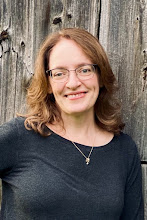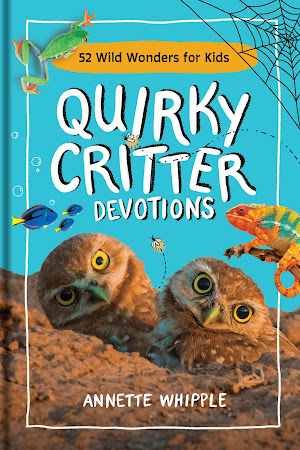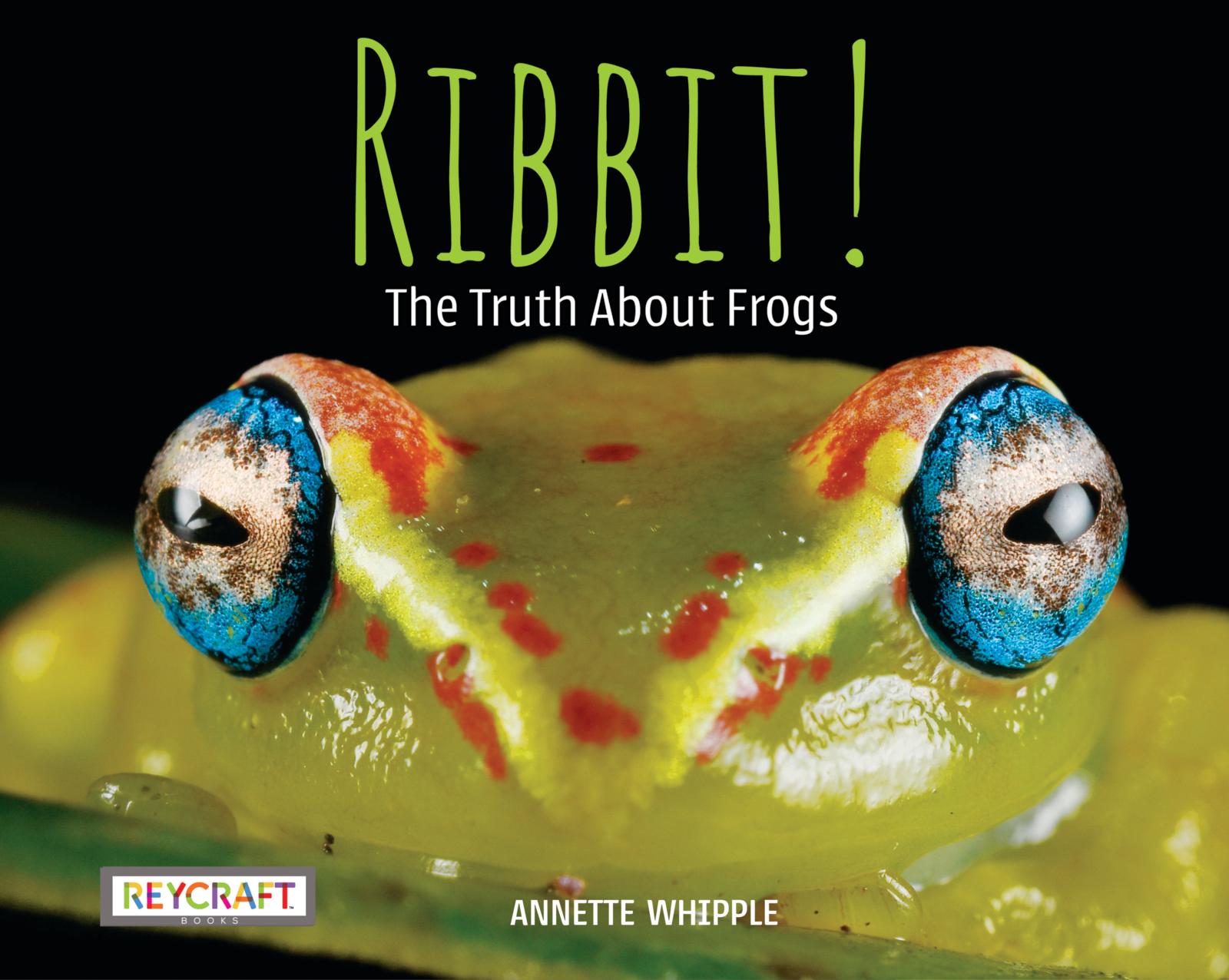In one my first writing courses, I was surprised to see my instructor teach a brainstorming method known as mind mapping or the bubble method. I had shown the bubble method to my students back when I taught elementary school.
In those days, I knew it was helpful to some writers. However, my instructor shared the secret to effectively using the bubble method for brainstorming. This secret--it works for professionals and student writers alike. And yes. I use it for my writing projects.
Want to see how I brainstormed what to include in my book Scurry! The Truth About Spiders and used the secret? First, you should know that this book is part of The Truth About animal series with Reycraft Books. Just like Whooo Knew? The Truth About Owls and Woof! The Truth About Dogs, Scurry would be a question-and-answer book.
You might also be interested in how I set up my research notebook.
How to Use the Bubble Method to Brainstorm
Before you begin: You may use the bubble method or mind-mapping brainstorming at any time during the prewriting part of the writing process. You might do some basic research first or brainstorming may lead you down some wonderful rabbit trails to research during your writing process. It's up to you!
Step 1. Go big. You might use a giant piece of newsprint, but I prefer to tape two pieces of copy paper together. Then I turn it over so the tape is on the backside.
Step 2. Write your topic in the center of the paper. Draw an oval around it. Some people like to use markers. I switch it up. Sometimes I use my favorite pen, and other times--a fine tipped marker for color.
Step 3. Draw ten lines radiating out from your topic. Ten. This is important!
Step 4. Begin brainstorming words, phrases, or even questions related to your topic. Circle them as you go. You can have more than ten, but have at least ten. You don't have to know if something is true to include it in your brainstorming. This isn't research. You'll still need to research all the ideas here--even if you "know" it already. (You might be surprised at how much we have been taught is NOT true!)Note: It's important that you not worry if your brainstorming is accurate. Just try to keep your pen moving. Keep your brain going. You can examine your words later. If you're like me, you'll find a couple things that don't even make sense. And that's okay!
Step 5. Keep going. See if you can add details to each of your brainstormed ideas. Add details by adding additional lines, words, and circles.
Step 6. When you're out of ideas, set your brainstorming bubbles aside. Return to it a day or two later and see if you can add anything new. I began brainstorming in blue. When I returned a couple days later, I used a green marker.
The Secret to Brainstorming
The secret to mind-mapping or the bubble method is to have at least ten items you might write about!By having ten possible subtopics, you know you have enough ideas to write an essay, article, or even a 50,000-word book. The brainstorming you see here is for a picture book for kids.
Every bit of information is researched. Even the facts I "know." Facts get double checked. I consult an expert.
Brainstorming is just the beginning for writers!
I'll share another blog post showing how brainstorming with the bubble method can help you find focus with a nonfiction writing project. I also plan to show off my research notebook soon!
Classroom Brainstorming for Research Projects
When I provide hands-on writing workshops in classrooms (as opposed to large-group presentations) or professional development workshops for educators, I like to model what brainstorming can look like--as a group!
The photo below was taken a few years ago during an author-in-residence brainstorming session with a group of fifth graders in southeastern Pennsylvania.
I explained a bit about brainstorming, and then we dove in. I gave the students a few topic options I suspected they would know a lot about. "Cats" was one of the options. The students quickly chose to narrow the topic to pet cats or domestic cats. The students were a lively group and quickly filled the entire board!
By brainstorming a familiar topic together, the students became experienced in brainstorming. It gave them confidence in their individual research projects.
See my related blog post explaining setting up a research notebook.
And get the downloadable brainstorming printable here!
Do you brainstorm? Do you use a different method? Will brainstorming using the bubble method/mind-mapping be helpful in your own writing? Your students' writing? I'd love for you to leave a comment telling me!
If you like this post, please consider signing up for my monthly author newsletter. Thanks!





















Well done, Annette! I also like to use the bubble method. Thanks so much for your classes at Montrose Christian Writers Conference in July. The information you shared was excellent. You'll be happy to know that I'm working and re-working my book project. Best wishes on your spider book. Patti
ReplyDeleteOoo! I'm so excited that you have time to work on your project, Patti! You made such progress already...maybe by the next time we see one another you'll have news to share!
DeleteI had heard the term mind mapping, but hadn't read enough about it to understand it. The bubble method makes a lot more sense to me. Thanks so much for explaining it and illustrating it so clearly!
ReplyDeleteYou're welcome! It's crazy how useful it is when you understand it!
DeleteWonderful method. Wish I could have been in that fifth-grade classroom! :)
ReplyDelete